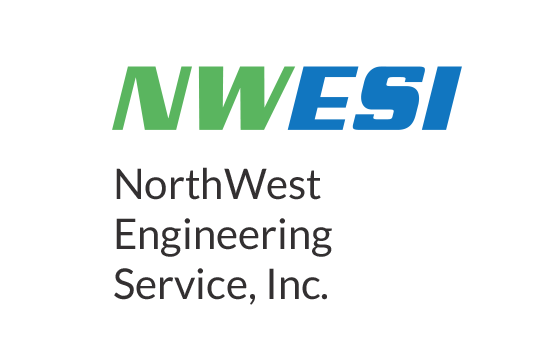Building Envelope Testing (BET), also known as Building Enclosure Testing, is the process of testing both the interior and exterior of a building structure to determine if there are any air, water, or thermal leaks. BET is most often performed in new construction and renovations and addresses a unique need in the construction industry in regards assessing a building’s energy, sustainability, and longevity. The process involves evaluating, verifying, and documenting that installation meets the building’s design performance expectations.
BET helps identify where leakages are located and is usually either a regulatory or project specific requirement. Test areas can range from single windows, rooms, or multi-story buildings. By testing the air barrier, we are able to identify leakage rates and water infiltration locations. Test failures help identify assembly configuration issues, component deficiencies, and installation methods that can be corrected. The process is accomplished by using calibrated door fans, calibrated water spray racks, standalone sensors, and other equipment. Specific conditions and criteria are set per ASTM, to ensure repeatability of the results and to meet requirements.
Since 2012, NWESI has been providing forensic, qualitative, and energy code services throughout Oregon, Washington, Idaho and Montana. NWESI employees are certified with the National Environmental Balancing Bureau (NEBB). The national organization is committed to setting an improving third-party QA/QC testing disciplines through standardized procedural and testing methods. NEBB uses industry best practices while supporting technical training and accreditation of its members.
Testing Protocol Experience includes:
Air Barrier: ASTM E 779, ASTM E 783, ASTM E 1186, ASTM E 1827
Water Barrier/Water Intrusion: ASTM E 331, ASTM E 1105, AAMA 501.2, AAMA 502, AAMA 503
Thermal: ASTM C 1060, AAMA 1503, ISO 6781
Adhesion: ASTM D 4541, ASTM C 1521
Structural: ASTM E 330


